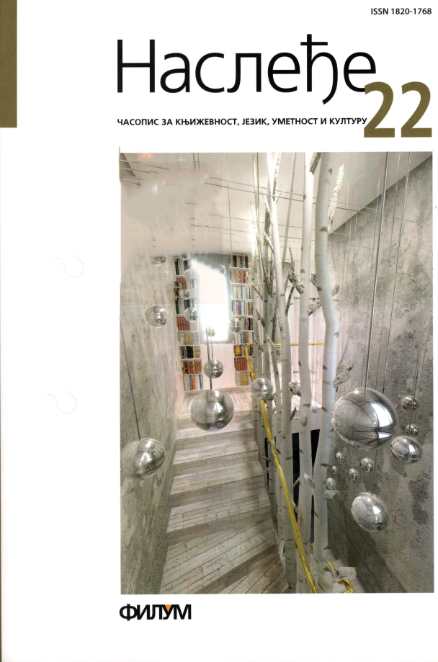DYNAMIC MODALS MUST AND HAVE (GOT) TO IN ENGLISH AND THEIR EQUIVALENTS IN SERBIAN
Keywords:
dynamic modality, modal, semi modal, necessityAbstract
Modality has been largely described in linguistic literature. This paper aims to contribute to the descriptions of this category, and describe one particular type of dynamic modal meanings, namely those expressed by modals MUST and HAVE (GOT) TO in English. This paper also describes linguistic means by which these meanings are encoded in Serbian. The paper shows similarities between the two languages which resulted from the analysis based on the principle of semantic equivalences and thus confirms the assumption of a typological similarity of English and Serbian.
References
Brinton, J. L. 1991. The Origin and Development of Quasimodal HAVE TO in English.
(Internet). Dostupno na: http://faculty.arts.ubc.ca/Ibrinton/HAVETO.PDF (20.07.2006.)
Hansen, B. 2003. The grammaticalization (and Degramaticalization?) Of Modals in Slavonic. Contributions to 13 International Slavistenkongress. Ljubljana. 97-115.
Hansen, B. 2008. A typology of morpho-syntactic constructions with modals in Serbian. Lingvističke Sveske. Novi Sad
Hoye, L. 1997. Adverbs and Modality in English. Longman Palmer, F. 1979. Modality and the English Modals. Longman
Palmer, F. 1986. Mood and Modality. 1st edn. Cambridge: CUP






